Nursing pillows can make feeding your baby easier, but they're dangerous when used improperly. Now, the U.S. Consumer Product Safety Commission (CPSC) aims to change that.
Nursing pillows were involved in 154 infant deaths and 64 injuries between 2010 and 2022, according to the CPSC, and most of those involved babies younger than 3 months. To address this issue, the CPSC has approved a new mandatory federal standard to improve the safety of nursing pillows.[1] The commission unanimously approved a rule that will focus on reducing the suffocation, entrapment and fall risks that can come with using nursing pillows.
So, what's in the new guidance and does it mean you should get rid of the nursing pillow you already own? Here's the deal.
What's in the new guidelines for nursing pillows?
The new guidance included specific requirements for nursing pillows to lower the risk of entrapment and suffocation. "Those requirements relate to features of the products, like their firmness and the extent to which the openings prevent caregivers from using the pillow for infant lounging and sleep," says Nikki Fleming of the U.S. Consumer Product Safety Commission.
Those standards include:[2]
- Firmness testing, because softer products are more likely to conform around an infant's nose and mouth, creating a suffocation hazard. The firmness should be similar to those of crib mattresses.
- Internal shape, to reduce the odds an infant's head will become trapped and to lower the chance the pillow will be used for infant propping and lounging.
- Removal of infant restraints, so people won't think that infants can be left in the pillow alone.
The standards still allow nursing pillow manufacturers flexibility in how they design their products. "But the products would have to meet the new requirements of the standard," Fleming says.
The new standards will go into effect 180 days after they're published in the Federal Register.
Why are the standards for nursing pillows changing?
The standards are changing due to safety concerns. The majority of infant deaths that happened between 2010 and 2022 involved the nursing pillow being used in or on a sleep surface, like an adult bed or mattress, a crib, a portable playpen, or on a couch, sofa or loveseat.
"The problem with nursing pillows is that people use them as sleeping surfaces for their baby," says Gina Posner, M.D., a pediatrician at MemorialCare Medical Group in Fountain Valley, California, and member of the What to Expect Medical Review Board. "Nursing pillows are meant for helping you to hold the baby in place when you're nursing, and they're not meant for anything besides that."
What does this mean if you already own a nursing pillow?
The CPSC has not gone as far as banning or recalling additional nursing pillows. (Some nursing pillows, like the Boppy baby lounger, were previously recalled.)
You can keep using your existing nursing pillow, as long as you use it properly, Posner says. "When you're nursing the baby, the baby is actively nursing and you're watching the baby," she says. "But once you're done, you need to put them in a crib or bassinet if you're not planning to hold them versus leaving them in the nursing pillow."
If your budget allows, Fleming says that it's worth considering upgrading your pillow once the new standards go into effect. But, regardless of the nursing pillow you use, she recommends following these safety rules from the CPSC:
- Only use nursing pillows for nursing or feeding a baby.
- Never use nursing pillows for infant sleep or lounging.
- Do not place nursing pillows in other infant sleep products, like cribs or bassinets, or anywhere a baby sleeps.
- Never leave babies unattended in nursing pillows on beds, sofas or other elevated surfaces.
- If the baby falls asleep while feeding, or if you start to feel like you might fall asleep, transfer the baby to a safe sleep space.
The bottom line: "Nursing pillows are only meant for nursing," Posner stresses."They're not meant for sleep."
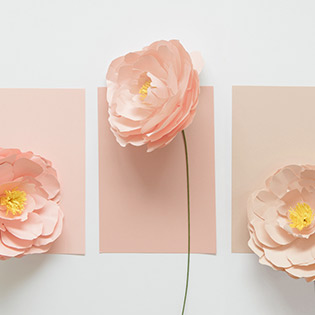
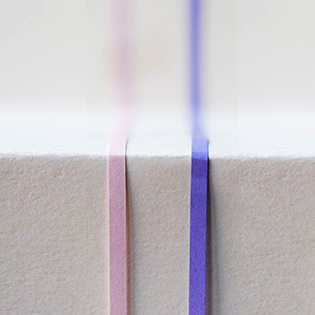

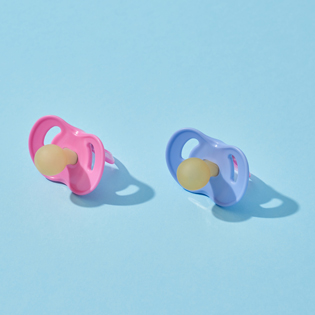

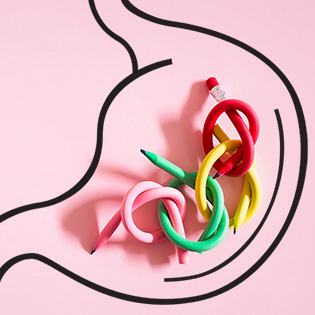

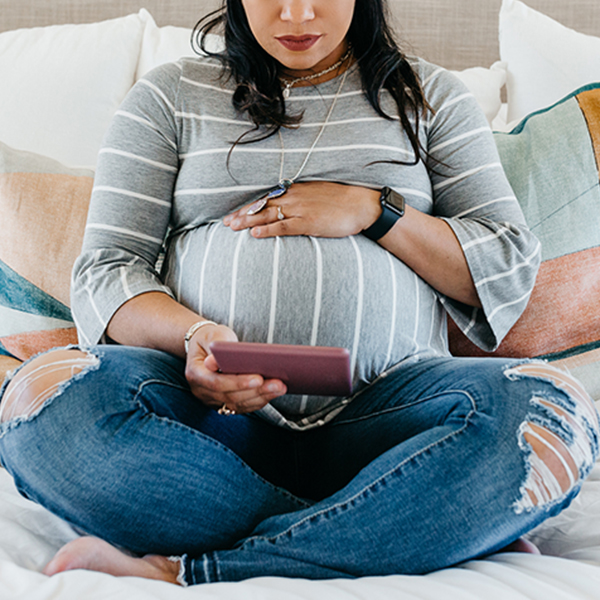

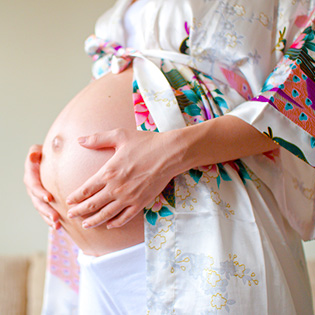
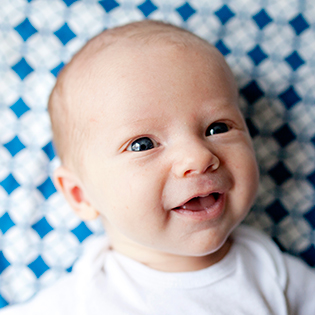
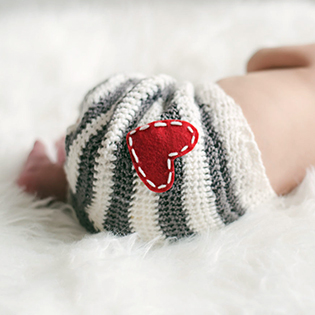
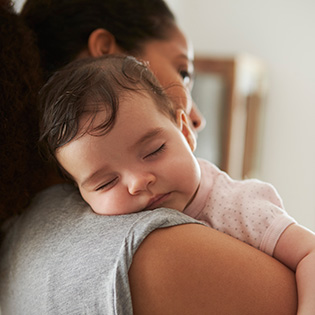
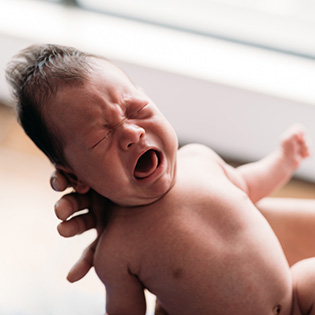

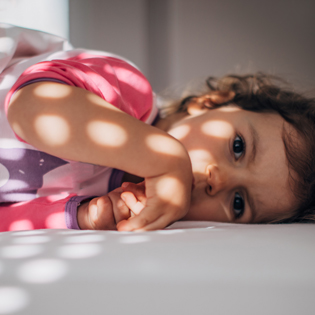
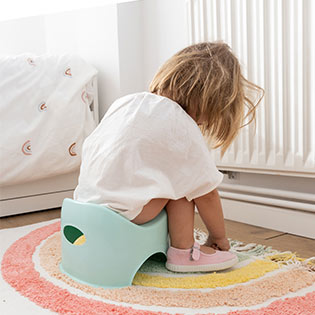
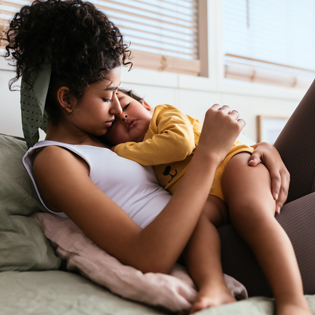
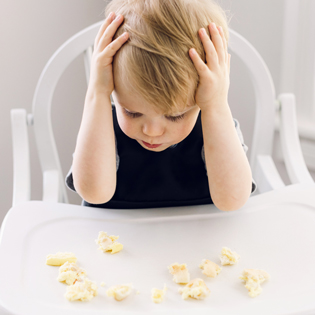
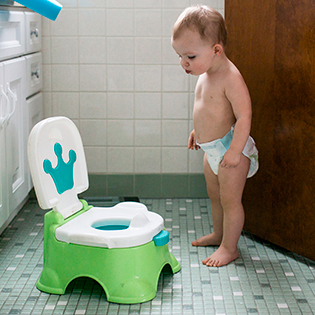
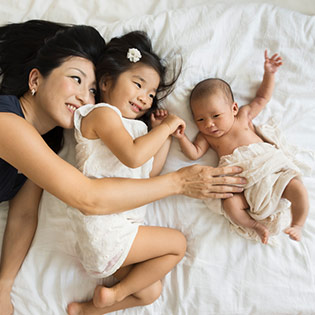
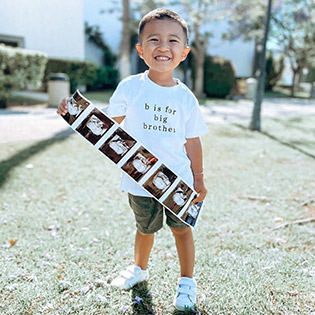
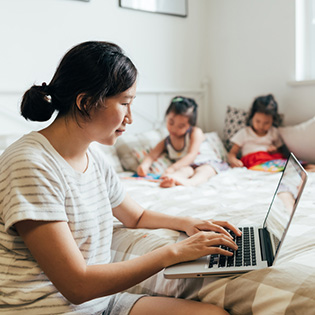
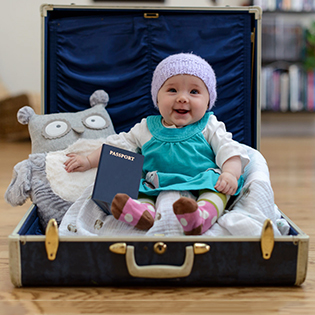
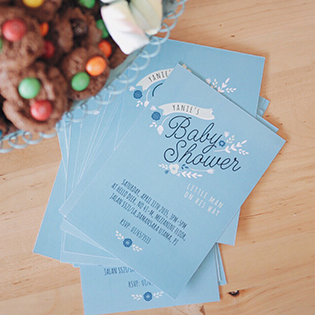

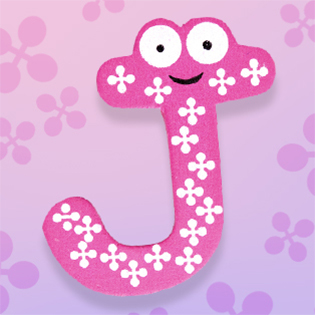
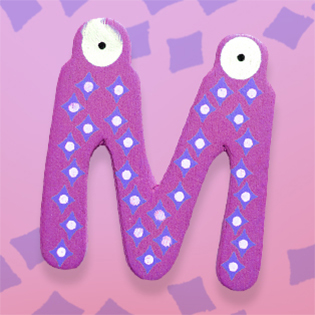
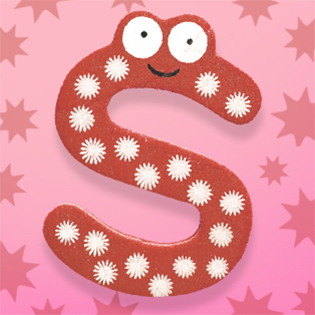
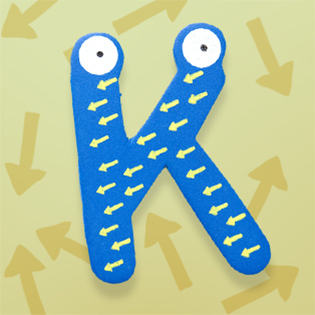
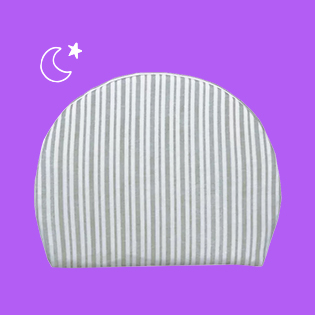
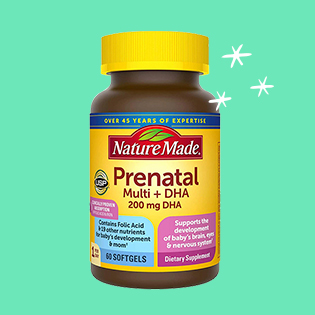
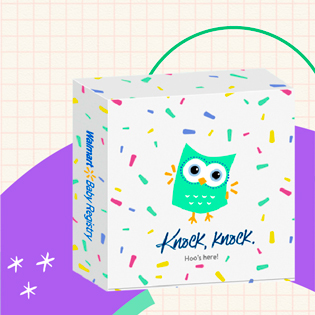

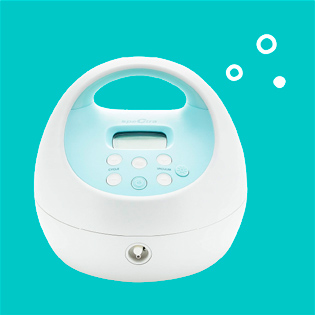

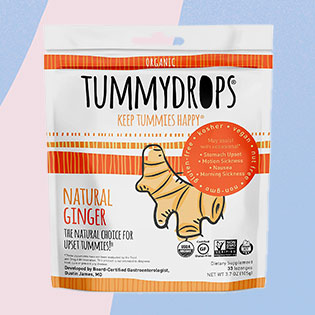

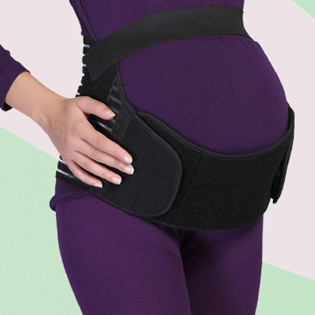



 Trending On What to Expect
Trending On What to Expect







